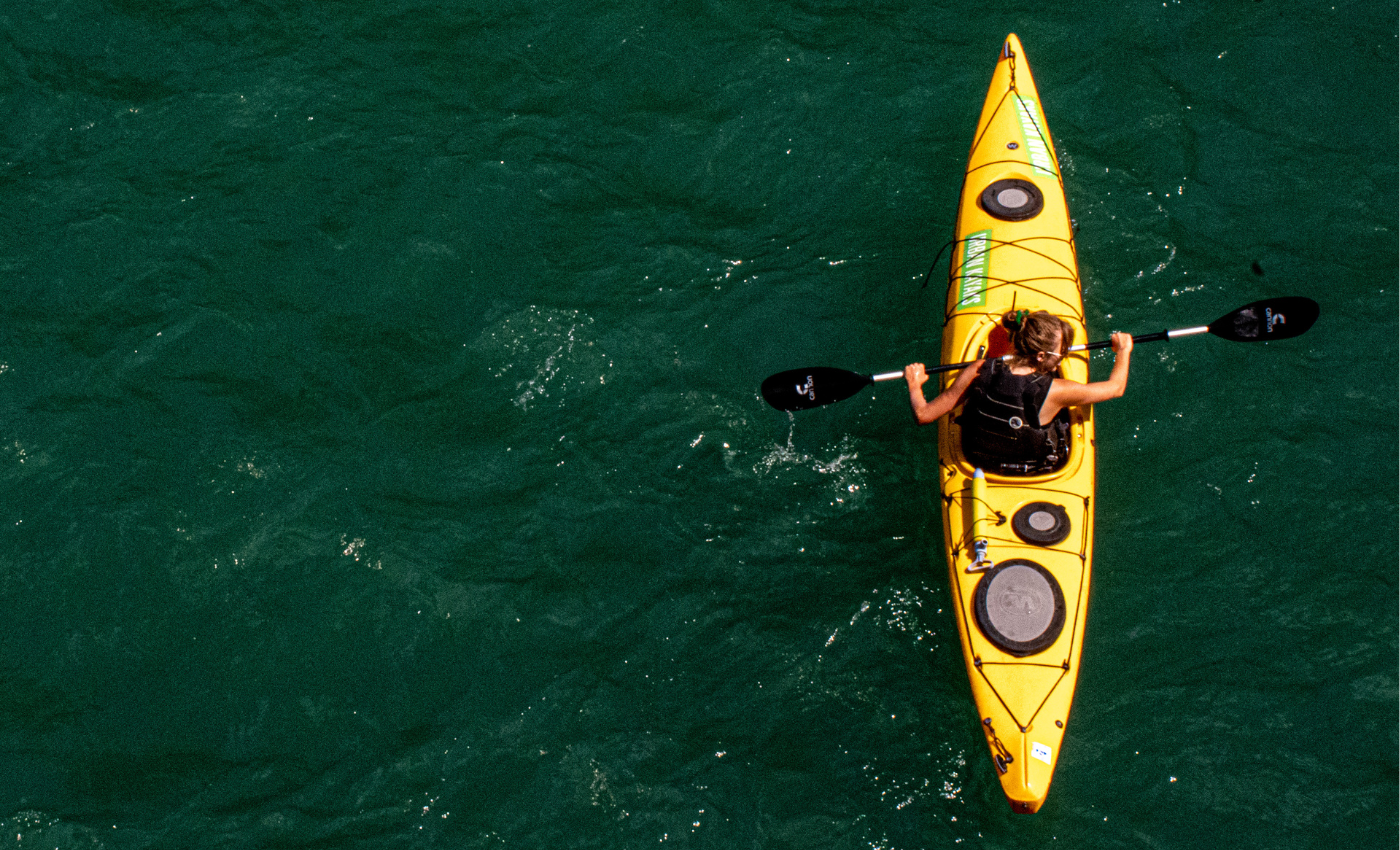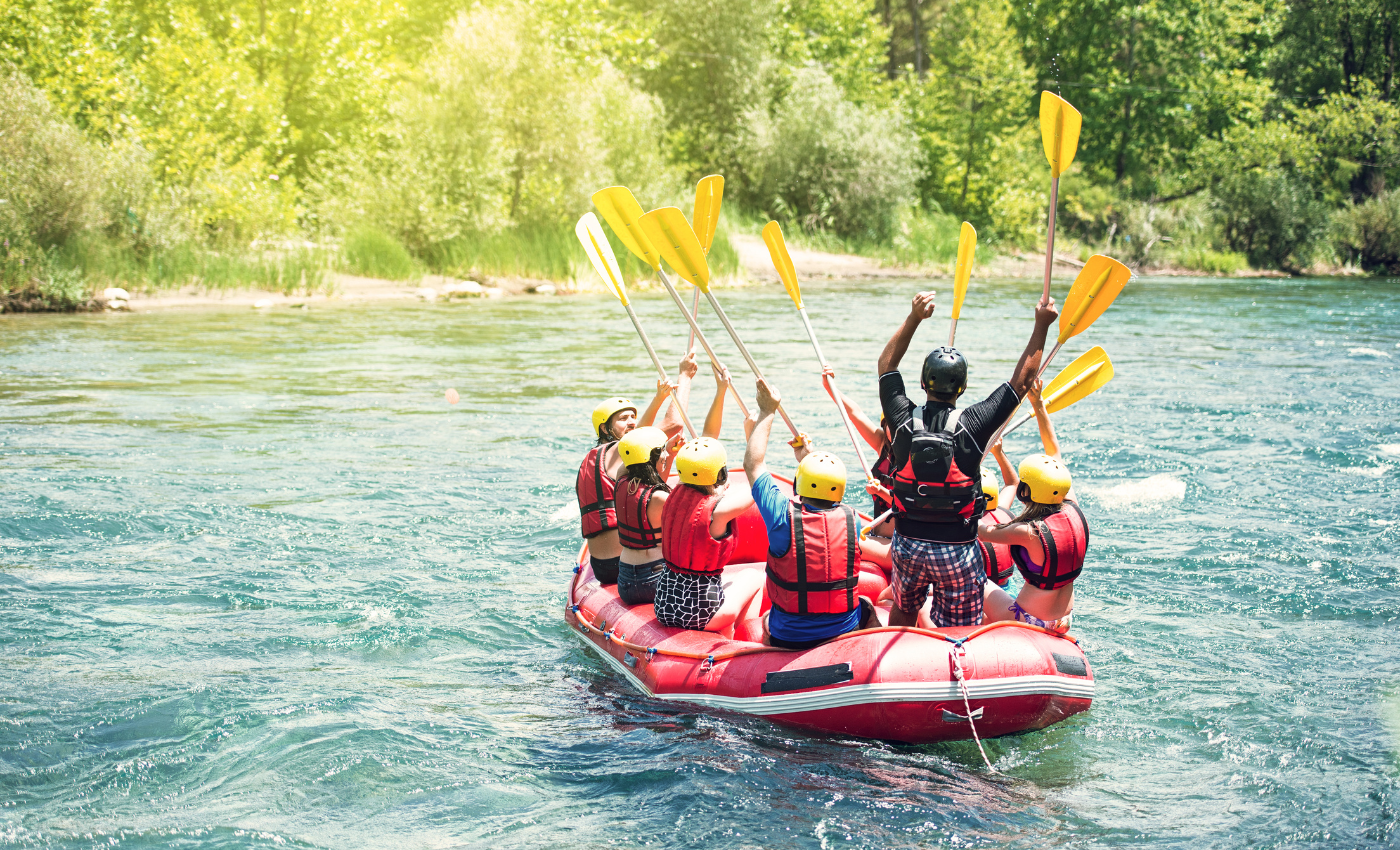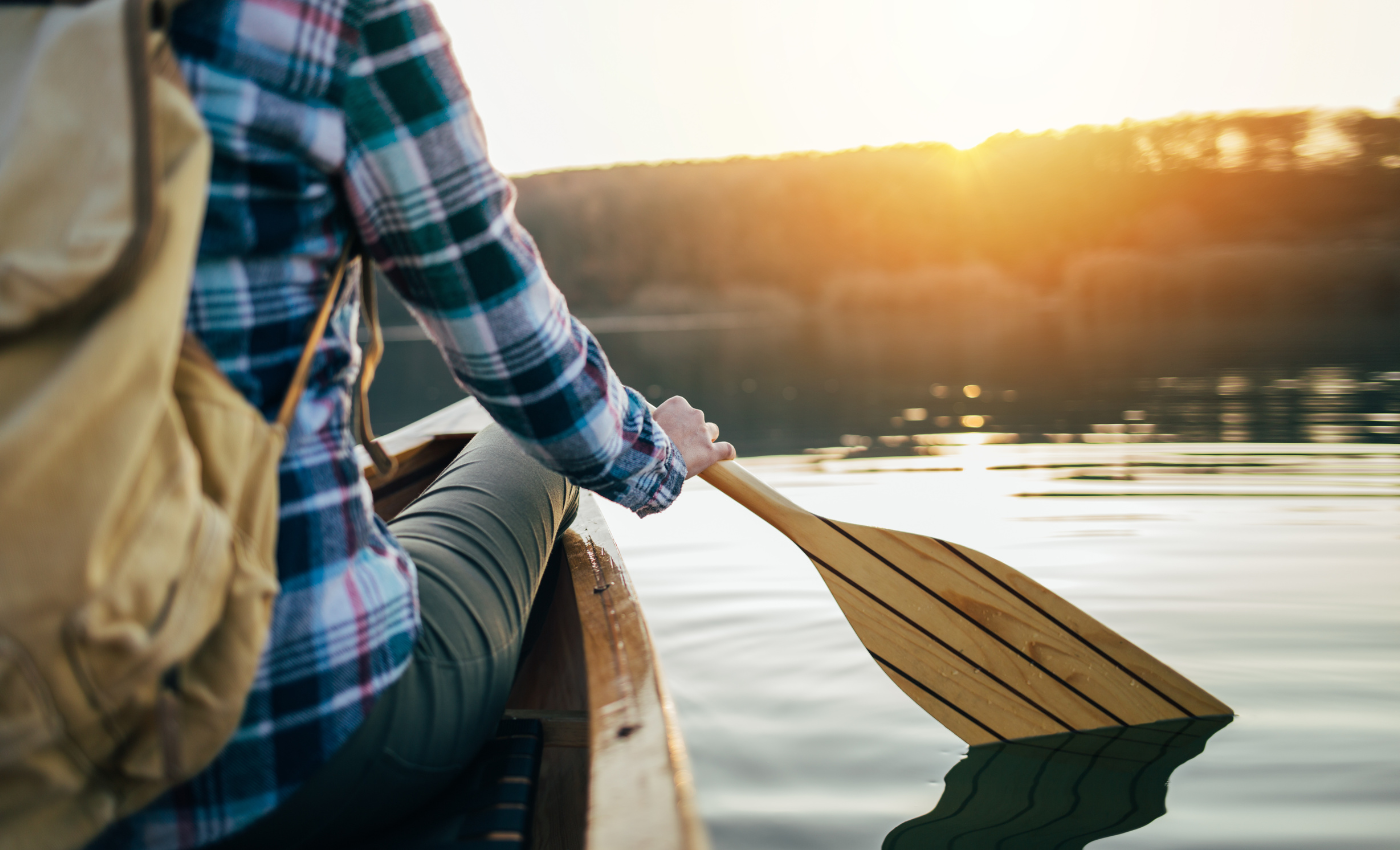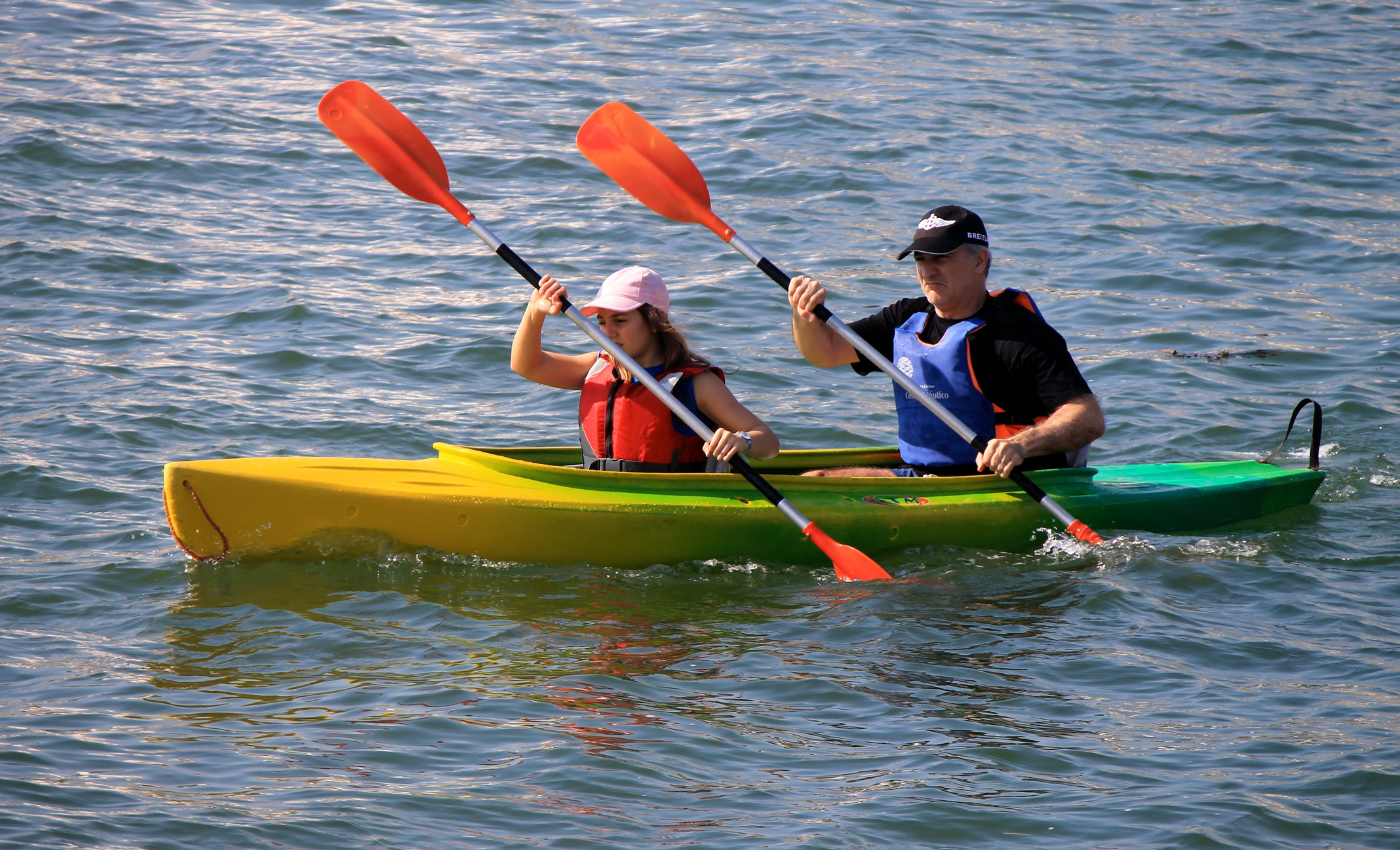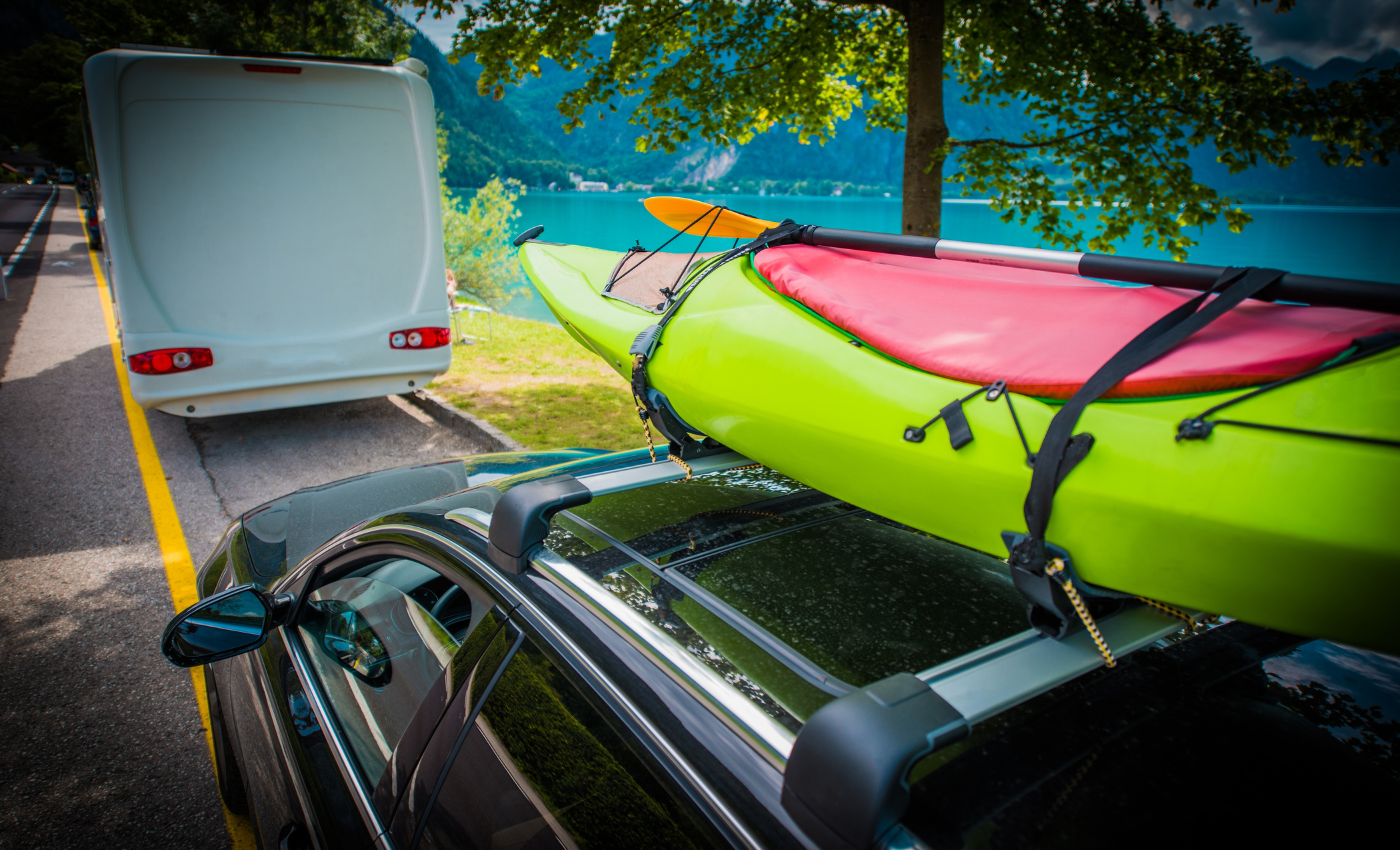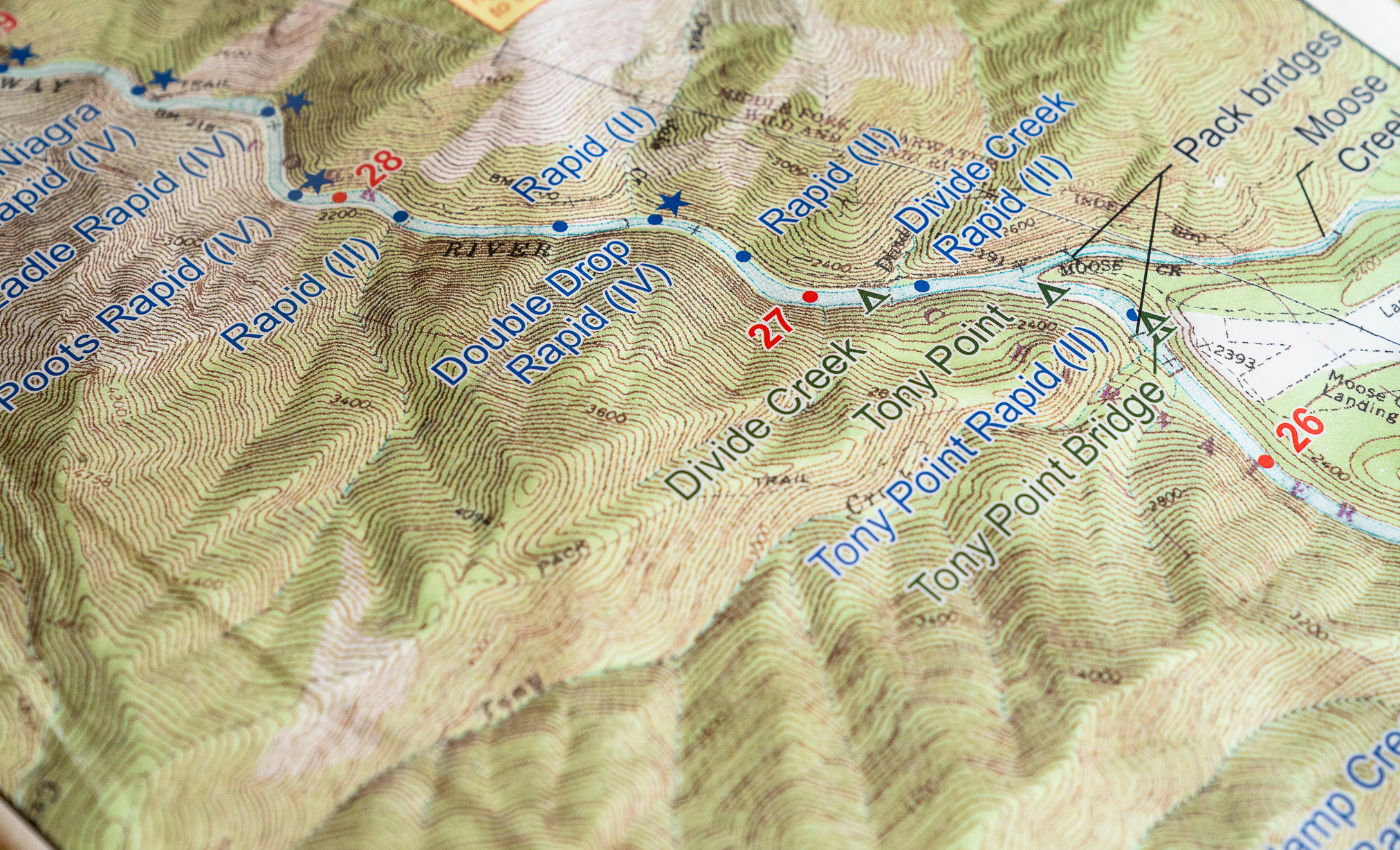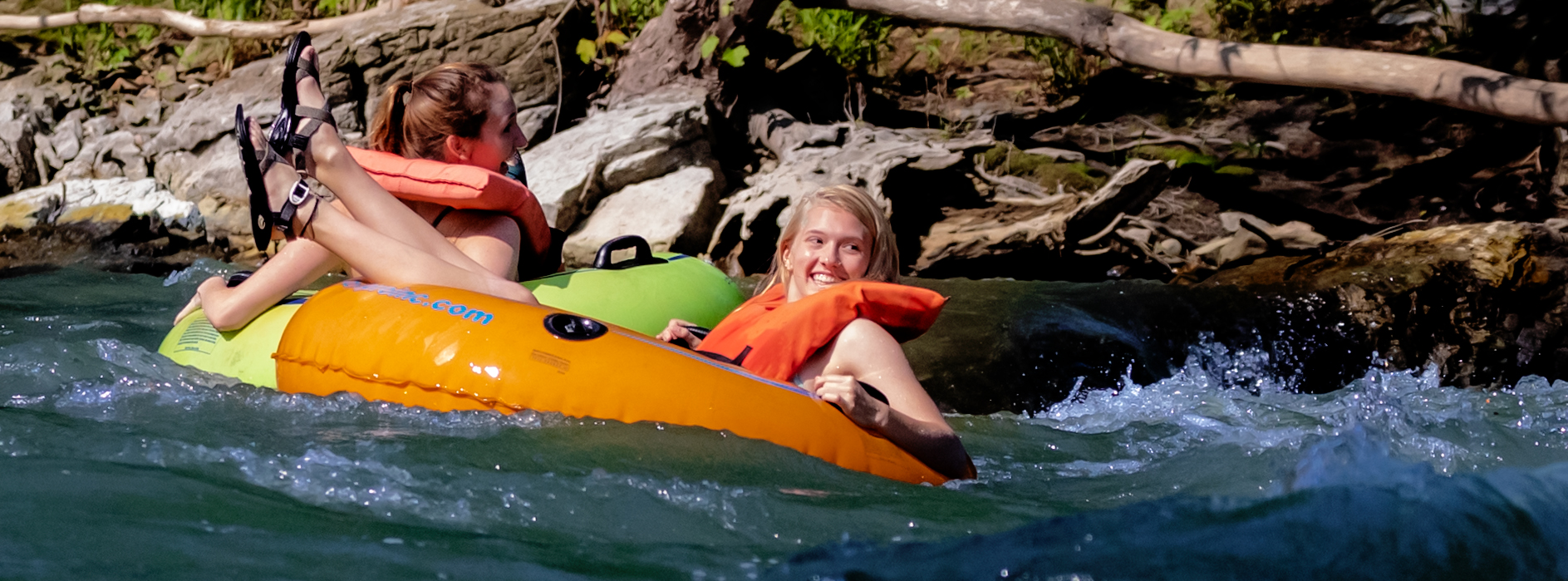There is truly nothing better than hitting the river on a hot, sunny day. But things can go wrong quickly if you don’t have the proper gear with you. Tiny issues would be forgetting a billed hat so people make fun of you for your sun-kissed face later on. Big issues mean you don’t get on the river at all (because it’s never worth cutting corners with safety, no matter how good the rapids are!).
If you’re planning a raft or kayak trip with Front Royal, we will ensure you have everything you need for a fun trip (paddle gear, watercraft, a game plan and an easy shuttle) so you don’t have to worry about the details. If you’re planning an unguided trip and want to have a comfortable, fun, prepared experience on the river, your paddle gear checklist is your best friend.
Here is everything you need to bring on your next raft, kayak or canoe day trip!
Raft, Canoe and Kayak Safety Gear
Personal Flotation Devices (PFDs):
PFDs, A.K.A life vests or life jackets, are critical to rafting a river. Every single person on your raft (young and old, beginner and expert) needs to have a correctly worn PFD at all times. Correctly worn means well-fitting and fully buckled. Most areas take this incredibly seriously – if a ranger sees you without a PFD on a watercraft, you’re risking your safety and some hefty fines!
There are different types of PFDs to consider, from kid-sized to dog-sized to kayak-specific and more. Any team member in our river gear store will be able to point you toward the best one for you and have rentals available if you’re not ready to buy.
Helmets:
Don’t diss the helmet! These are not just for beginners and can save your hide during a particularly hairy rapid. Every person on the raft should have a well-fitting helmet (one that straps comfortably, feels snug and doesn’t slip around) and wear it at all times.
Kayak and raft helmets are different from standard bike helmets, as they allow water to pass through the helmet easily instead of getting trapped and soggy in foam. Our gear shop has a great helmet and a GoPro mount so you can record all of your wild skills on the river.
Whistle:
This small, often overlooked piece of gear is the unsung hero of paddle gear. Falling out of the watercraft is never hoped for, but it can happen. A whistle ensures you’re found if you find yourself apart from your group.
Many higher-end PFDs have whistles built into the design. Check if yours does – if not, include this on your gear list.
Paddles and Oars
Wherever you go, there you are – but without paddles or oars, that’s not up to you! Your paddling tool helps you navigate down the river, charge through rapids securely, keep your craft’s balance and grab anybody who falls overboard. Your watercraft of choice will decide what type of device you use in the river.
Paddles for Kayaking
Paddles for kayaking are double-bladed, so you can efficiently paddle on both sides of your craft. They are aerodynamic and made for technical movements.
Paddles for Canoeing
Canoes are the oldest form of boat on record, so paddles often look more traditional and timeless. Canoe paddles can be made from an extensive range of materials, like traditional wood or high-tech carbon fiber. The blades also come in a range of shapes that match your specific paddling style or water type, from calm, deep waters to powerful rapids.
Oars for Rafting:
Oars are used in pairs and come in different lengths to accommodate the type of raft trip. Longer oars can be mounted on oarlocks and are designed for larger, heavier rafts, which are ideal for strong currents and rough waters. Commercial guided raft trips typically use shorter paddles for guests, as they are easier to maneuver.
Clothing and Footwear
Don’t overlook clothing as safety gear! Water and seasonal temperatures significantly impact what you should wear on the river.
Quick-Dry Clothing:
In hotter temps, quick-dry clothing or bathing suits may be all you need to get on the river. Choosing thin, water-friendly layers will boost your buoyancy and comfort on the river – especially when you take a quick dip in the water.
Wet Suits:
Wetsuits are a useful option in slightly colder water temps or on longer trips. These protect you from the worst of the cold and allow you to stay in the water longer without getting too shivery. Shoulder seasons may require wetsuits for a comfortable trip.
Dry Suits
In the coldest of temperatures, a drysuit may be necessary. These looser, thick rubber and Gore-tex suits allow you to layer with warm clothes, block water from touching your skin and lower your internal temperature (in a well-fitting drysuit, you can jump in the river without getting your internal clothing layer wet!). They can cost a pretty penny, so many people choose to rent these suits when necessary.
Water Shoes and Sandals:
Never forget your feet! Water shoes and sandals are your first barrier from sharp rocks and slippery moss when navigating the river. Quality river shoes provide traction, protect your soft soles, and ensure you don’t lose a shoe amidst the whitewater fun.
Storage and Transport
Planning a longer trip? You may need to bring more essentials with you. Proper storage and transport will keep your extra gear organized and dry.
Dry Bags and Boxes:
Keep your belongings dry and safe in a dry bag or dry box. These come in a vast range of sizes, from just big enough to hold your car keys to large enough to hold a weekend’s worth of supplies. A drybag is only as good as its user, so always close it securely!
Roof Racks and Trailers:
If you’re using your own watercrafts, a secure roof rack or trailer will make sure they make it from A to B unscathed. Kayak roof racks are fairly easy to use and purchase for a single craft. If you are transporting more than one, it’s time to consider a trailer!
Navigation and Communication
If you’re embarking on a longer trip or want to explore a less-traveled route, reliable navigation and communication gear are essential.
Maps and GPS Devices:
Make sure you always know where you are with a GPS device or, at the very least, a map. Many local gear stores will have maps of the surrounding area, so make sure to stop by one and grab a map before you hop on the river. Have a GPS device that works well off-grid? Even better!
Communication Devices:
Deep in the wilderness, a phone can only take you so far. Consider a Garmin InReach or a long-reach walkie-talkie for the ultimate reliable communication option.
Paddling Gear FAQ
What is the most important piece of equipment to take when paddling?
We could rank the “importance” of different equipment on the river, but a good paddler knows you don’t hop on the water unless you have everything you need! So, we’ll say the most important thing you take on the river is the foresight to NOT start unless you have all of your gear in working condition.
Do I need a trailer for a raft?
Not always, but it comes in handy for an owned watercraft. If you are renting with Front Royal Outdoors, we have all the rentals and shuttle services you need to get on the river without requiring a trailer on your car.
How do I prepare for a paddling trip? What do I pack?
Always use a customized list to check when packing for a paddling trip. This will ensure you don’t leave anything, small or large.
Do I need to wear a helmet when paddling?
Yes! Protect your noggin at all times.
Have questions about Shenandoah River tubing, river sport gear, paddling the Shenandoah River, or any of our other river trips? Contact us! We’re happy to help make the most of your river experience.

